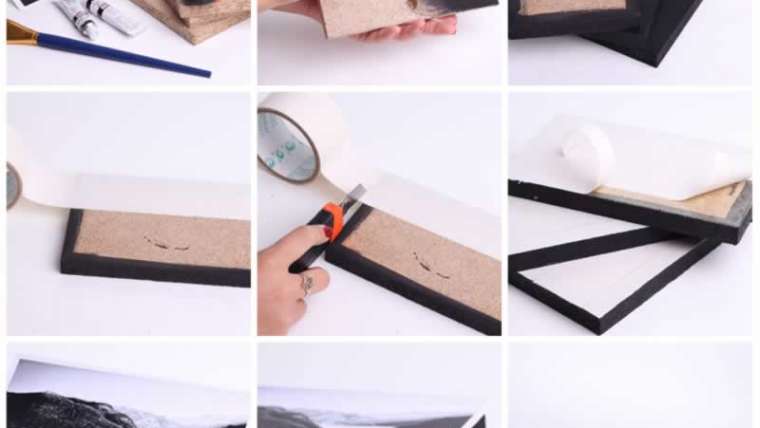Most homeowners spend a lot of time in their garages, which are usually not just reserved for cars. Garages can hold a variety of other things, from an extra freezer to an entire workshop. Because of this, wiring that particular part of a house, or introducing changes to an existing wiring harness, can become quite complicated or even dangerous. A loose wire can cause a number of problems, from flickering lights to starting a fire.
However, there are many preventive measures you can take to prevent such problems from ever occurring. These precautionary measures could include buying good quality tools and materials or hiring a professional electrician, depending on how much money you are willing to spend. Even if you are financially unable to really invest in your garage, there are always some small improvements that you may find affordable. It's best to look at all of the options that are available to you, from checking out different brands of certain tools to comparing their prices at a few different stores. This is extremely useful and reasonable, especially if you are on a tight budget.
Buy the right resources
The first step you can take to make your wiring more reliable is getting your hands on quality materials and equipment. Nowadays, you can buy most of them online, from small items like nails and cable clips to larger ones like drills and even garage doors. Because of this, you can conveniently get all the things you need for your garage without leaving your home.
You should equip yourself with the essentials if you don't already have them – a suitable screwdriver, cordless drill, hammer and wire cutter. Otherwise you will definitely need cable and forklift clamps, switch boxes, cables, lines and fittings. Buying these materials in advance will save you the trouble of last-minute purchases, which can be a real problem. Remember to buy such things from reputable stores or trusted sellers. This may not be the cheapest option, but you can be sure that the products meet your country's safety regulations and may not put you at risk.
Plan things out
In electrical installations, you need to carefully consider the placement of each individual cable. If you want to leave the walls and ceilings open, avoid having wires stretching across open ceiling joists and gallery spaces. This makes the cables more prone to accidental damage from sharp garden tools, among other things.
If you want to get it right, treat the frame areas in your garage like a guide on where the cables should be. If you make sure the wires wrap these spots tightly and tightly, they won't sag. As a result, they will be much harder to damage and will look neat and organized. However, this method has a disadvantage. If you ever want to seal your garage walls with drywall, you'll have to rewire the entire garage from scratch. That being said, it's a pretty inexpensive and practical approach to cabling.

Nail down the electrical boxes, lay the wires
If you've already found a decent wiring scheme, you should nail all of your electrical boxes down. Run the cable from one box to the other, but remember to clip it to the frame at least every 4 feet so it doesn't sag. Additionally, all of the wires should be at least 1 ¼ in. From the front and back of the studs and joints.
Depending on the number of cables you need to run, certain types of garage frames may require you to run cables side by side or even stack them. To do the latter, you'll need to use stacker staples. They may be harder to come by than regular staples, but it shouldn't be that big of a problem if you end up looking for supplies online. Quite a few garages have at least one wall made of concrete or a wall that has already been built dry. The wires on such walls should be protected by either EMT or PVC lines.
Conclusion
All in all, wiring your garage is a big challenge. You cannot simply access it without proper preparation, skills, and resources. However, with the right setting, this can be done quite efficiently. Remember to focus on not cutting corners. It will only hurt you in the long run if you decrease the quality and longevity of your wiring. If in the end you can't do this yourself, then hiring a qualified professional is always a viable option. It could also be better, especially if you are often short of time and energy or have to do this on short notice.




